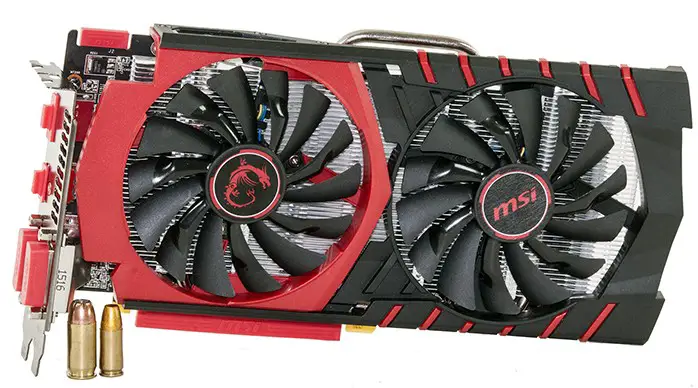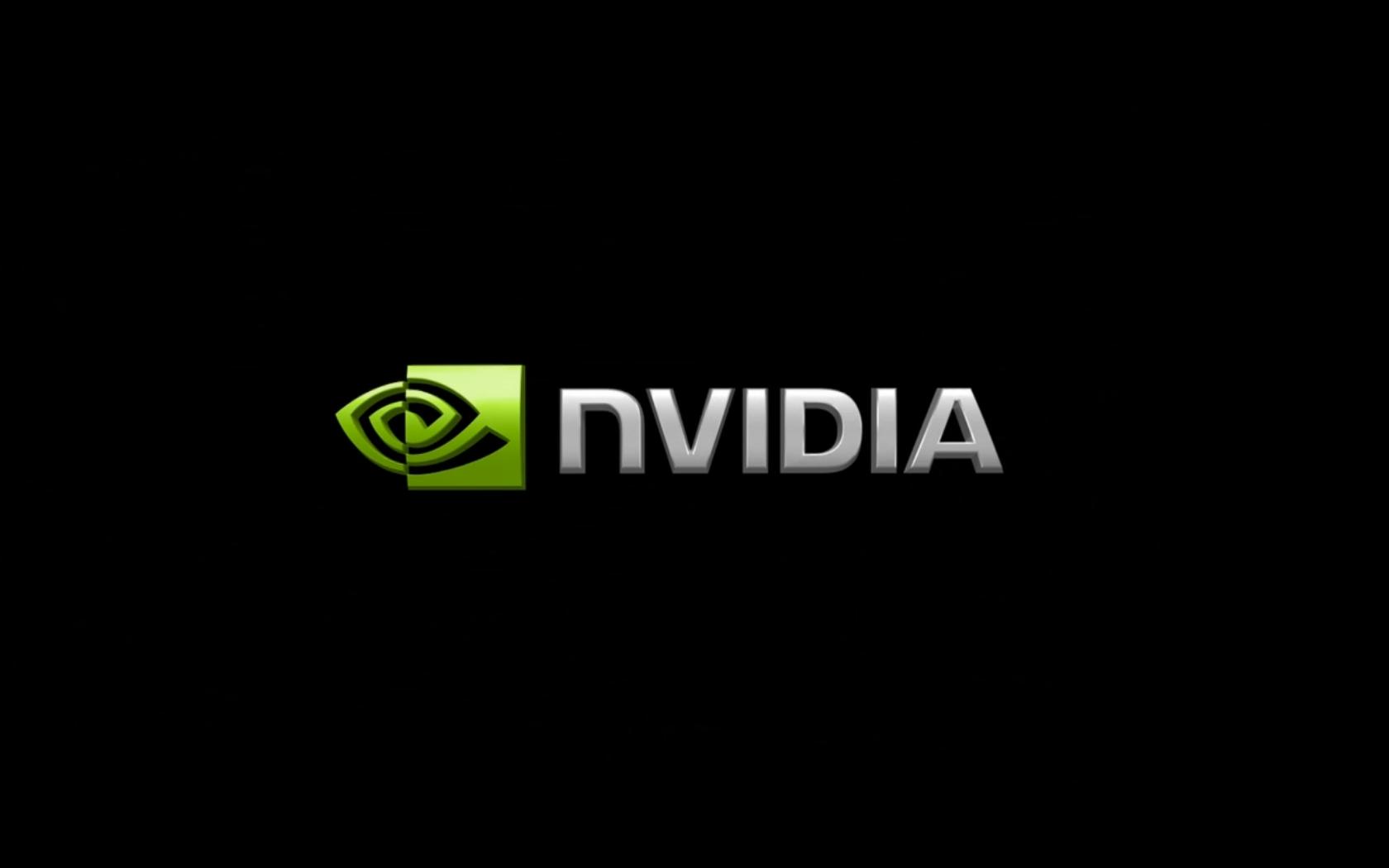Considering the fact that the R370 is an overclocked version of the R265’s Curacao, which in turn was an overclocked version of the ‘Pitcairn Pro’…and this R370 comes factory overclocked by an extra 75Mhz by MSI it is not surprising that there was not much overclocking headroom left to find. After all, this is a very mature and refined architecture that MSI’s engineers know like the back of their hand and if there was more to be found…they would have done it.
Instead don’t expect to find any extra MHz and rather consider the factory overclock the most you will find. That way if you happen upon a ‘golden’ chip it will be a nice little bonus. This is how we approached the overclocking section and as such finding only 90 more MHz was not that unexpected nor all that disappointing. This still represents 165Mhz more than a reference R370’s clock speed. Put another way we got an additional 16.9 percent of ‘free’ performance over a reference R7 370.
Much like the NVIDIA GTX 960 we knew that ‘Trinidad’ core did not have much gas left in its tank and rather it was going to be the GDDR5 RAM that would show the largest improvements. While these RAM ICs are certainly not capable of 7,000+ speeds boosting it from the factory overclocked level of 5,700 all the way to 6010 is still pretty darn nifty. To be honest, this 256-bit wide memory bus is still starved at even this improved level and if MSI – or some other manufacture – does equip their R370 with 7010 (effective) GDDR5 ICs that would make for one heck of a value orientated card.
 In the end our overclocking efforts did net tangible results that are for all intents and purposes some of the cheapest performance boosts you are going to find in this price range! Not too shabby for an architecture that came out in 2012.
In the end our overclocking efforts did net tangible results that are for all intents and purposes some of the cheapest performance boosts you are going to find in this price range! Not too shabby for an architecture that came out in 2012.











